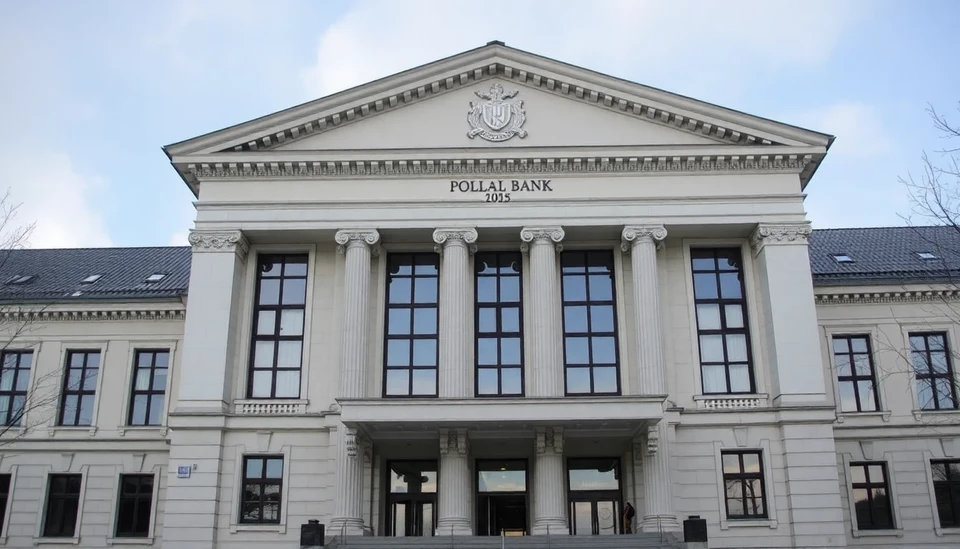
The International Monetary Fund (IMF) has signaled that Poland could commence a gradual reduction in its interest rates starting mid-2025. This perspective comes as the Polish economy evolves in response to shifting economic indicators and global market conditions.
As global economic pressures continue to influence central banks worldwide, the IMF's forecast highlights the anticipated changes in Poland’s monetary policy. Following a period of heightened inflation and economic adjustments, the potential for interest rate cuts by the National Bank of Poland (NBP) reflects a broader trend of economic stabilization anticipated in the coming years.
The IMF's outlook is underpinned by a variety of economic factors, including domestic consumption rates, employment levels, and inflation trajectories. In recent months, Poland has seen its inflation reduce notably, providing a conducive environment for relaxing interest rates. Moreover, the IMF anticipates that as the economy continues to recover, consumer confidence will stabilize, prompting a broader shift towards growth-oriented economic policies.
Current forecasts suggest that if the economic landscape continues on its present trajectory, the NBP could respond with a gradual easing of interest rates, aiming to foster investment and economic activity. Such a move would be significant for both consumers and businesses in Poland, as lower interest rates typically lead to decreased borrowing costs, thus stimulating economic growth.
Additionally, the IMF recommends that the Polish government maintain a sustainable fiscal policy while encouraging structural reforms that promote long-term economic resilience. The interplay between fiscal discipline and monetary policy will be crucial in ensuring not only the stabilization of the economy but also its preparedness for future challenges.
Furthermore, while the IMF's forecast lays out an optimistic view, it also emphasizes that the situation remains fluid, and ongoing monitoring is essential. Potential external shocks, geopolitical events, and shifts in consumer sentiment could all impact the pace of interest rate adjustments in Poland.
In summary, Poland appears positioned to initiate its transition towards lower interest rates around mid-2025, contingent upon favorable economic indicators. The IMF's analysis offers a cautious yet encouraging outlook for the Polish economy, underscoring the significance of strategic monetary and fiscal measures in adapting to an evolving economic landscape.
#Poland #IMF #InterestRates #Economy #MonetaryPolicy #Finance #EconomicForecast
Author: Laura Mitchell




